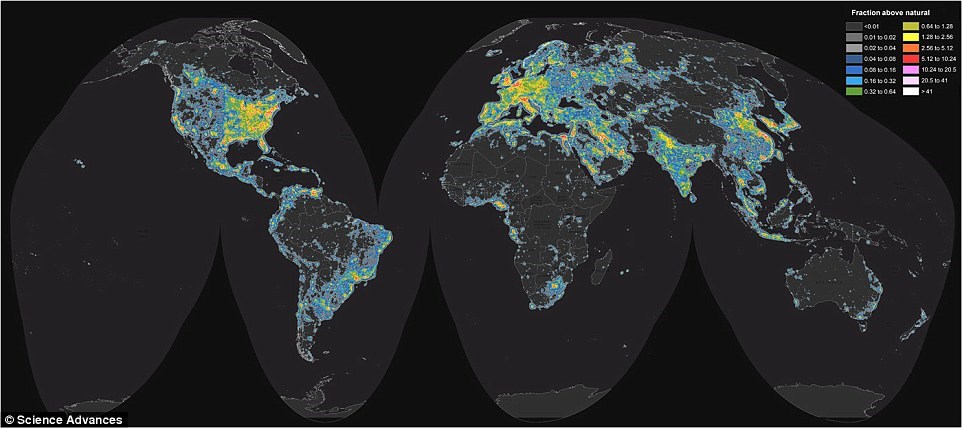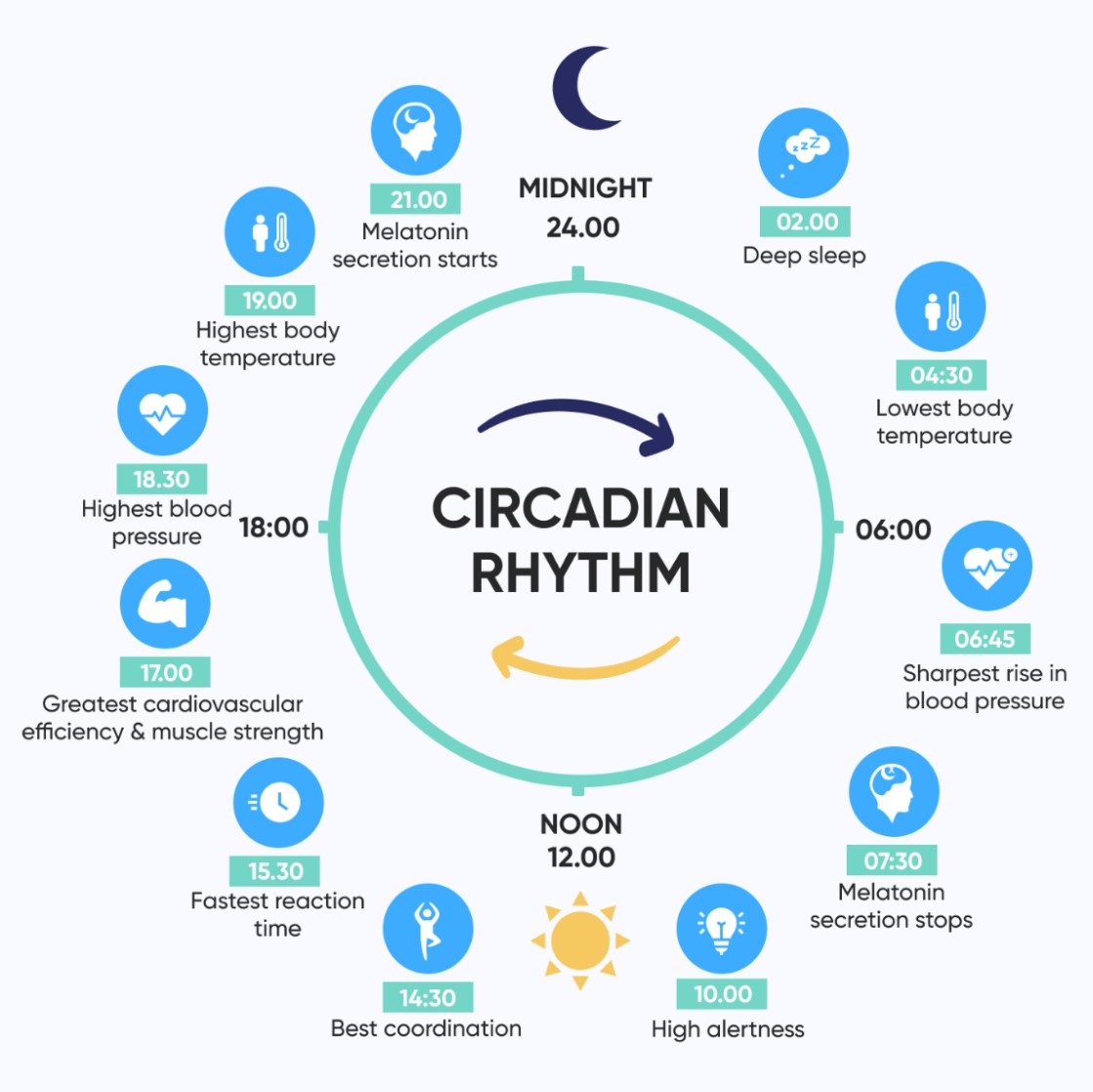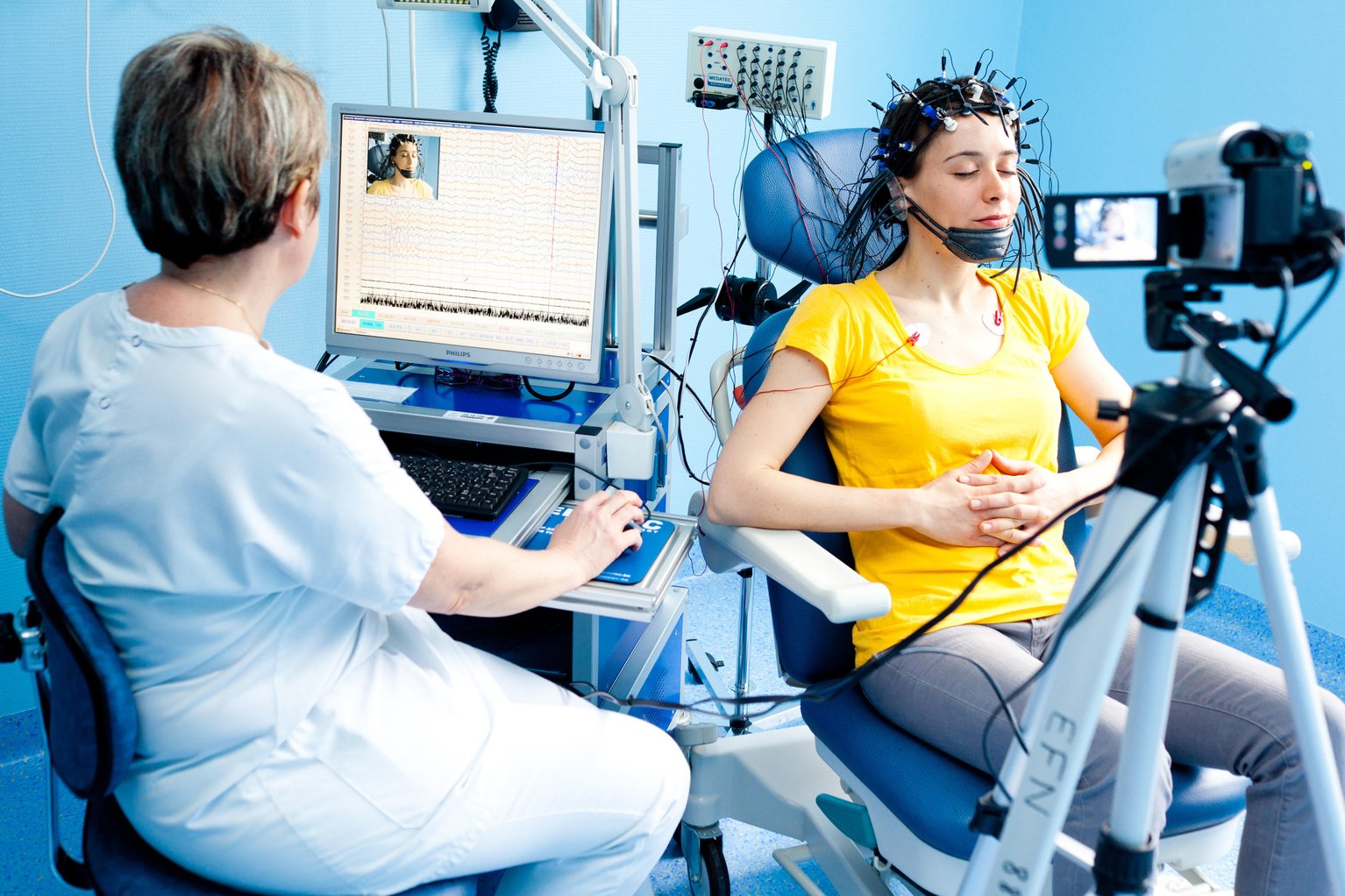Passion of the People – 1.6.5
Health Tourism – How Does Tourism Benefit of Natural Nights?
According to the World Tourism Organization (UNWTO), health tourism is defined as that which “covers those types of tourism whose main motivation is to contribute to physical, mental or spiritual health through medical and wellness activities.” In agreement with this definition, health tourism implies a trip to another place that is considered beneficial for one’s well-being due to a particular climate, natural resources or services provided in that place, such as a spa to reduce stress, a thermal treatment centre or the practice of more complex procedures in a hospital.
However, this concept includes other types of tourism such as medical tourism or wellness tourism, which, despite having certain differences, are focused on offering comfort and satisfaction to all travellers. The latter is defined as a “type of tourism activity that aims to improve and balance all the main domains of human life, including the physical, mental, emotional, occupational, intellectual and spiritual. The main motivation for the wellness tourist is to engage in preventative, proactive, and lifestyle-enhancing activities such as exercise, healthy eating, relaxation, pampering, and curative treatments.”
Wellness tourism has grown exponentially in recent years and is adopting new ways of addressing an increasingly demanding audience. In fact, one of the incentives that encourage the development of this type of tourism is the natural environment, being it a resource that favours the restoration of well-being and health. That is why, to guarantee a good use of the benefits that nature can offer us, it is necessary to take care of it and preserve it, generating the least possible impact on the environment and, in the same way, promoting sustainable development.
One of the factors to take into account to guarantee the environmental quality of the destination is the reduction of light pollution which, besides being unjustifiable in general, is a source of problems for people. In fact, we need it to be night to be able to fully develop our internal rest mechanisms, in order to regenerate our body’s functioning processes and renew our circadian rhythms.
There are numerous disorders related to the lack of restful sleep and the decompensation of circadian rhythms, both physiological and psychological. These alterations are studied by chronobiology, a discipline that analyses the rhythmic changes experienced by the variables of an organism over time. Chronobiological therapy (behavioural habits, light therapy or pharmacological therapy with melatonin) is postulated as a novel tool that can be very useful in the treatment of various mental health problems such as substance use disorders and anxiety disorders, ADHD, sleep problems, mood disorders or schizophrenia.
There are some research methods and techniques in clinical practice and possible treatments relevant to human circadian rhythms:
- Dim Light Onset Melatonin Test (DLMO): Used to measure circadian rhythms and determine their disturbances in the body’s melatonin levels. This test is performed by taking saliva samples during a certain time slot, generally between 8 pm and 3 am (when the light is dim), coinciding with the time when the human body produces the most melatonin.
- Light therapy devices: Light boxes, desk lamps, light viewers, or sunrise simulators are commonly used to promote a state of calm and relaxation, mitigate circadian sleep disturbances, and increase vitality.
- Electroencephalogram (EEG): This tool used by health professionals makes it possible to measure brain wave activity and diagnose sleep disorders.
For this reason, caring for the night skies – from the point of view of controlling and limiting night lighting levels in populated areas – is a necessary requirement to ensure human health, so as not to interfere with the activity of numerous animal and plant species and to avoid excess energy consumption and, therefore, greenhouse gas emissions associated with this consumption.
Recovering the night darkness is a necessary first step to begin to restore these damages and disorders. In addition, the significant reduction of light pollution is a key element to achieve new niche opportunities for tourism: health tourism, associated with disorders derived from excess night lighting; and dark sky tourism, related to the attraction to contemplate the universe that surrounds us.

Further resources
Links below will redirect you to external websites. In accordance with the European data protection declarations, we would like to point out that by clicking on these links you may send data to external providers. We cannot prevent that.
Videos
![]() “Losing the Dark” – a short planetarium show and video on light pollution – International Dark-Sky Association
“Losing the Dark” – a short planetarium show and video on light pollution – International Dark-Sky Association
 L’OMT e l’anno internazionale del turismo sostenibile – HUB Scuola
L’OMT e l’anno internazionale del turismo sostenibile – HUB Scuola
 L’organizzazione nazionale e internazionale del turismo – HUB Scuola
L’organizzazione nazionale e internazionale del turismo – HUB Scuola
Online Resources
![]() Can we turn off the lights? – Hannah Dalgleish
Can we turn off the lights? – Hannah Dalgleish
![]() Exploring Health Tourism – UNWTO
Exploring Health Tourism – UNWTO
 Turismo de Salud en España – Ministerio de Industria, Energía y Turismo
Turismo de Salud en España – Ministerio de Industria, Energía y Turismo
 Organizzazione Mondiale del Turismo (OMT) – Consiglio d’Europa
Organizzazione Mondiale del Turismo (OMT) – Consiglio d’Europa
 Turismo Medico, panorama globale dell’assistenza sanitaria – SEF
Turismo Medico, panorama globale dell’assistenza sanitaria – SEF
 Turismo wellness: in viaggio verso la salute – Artès
Turismo wellness: in viaggio verso la salute – Artès
 TURISMO DEL BENESSERE: ESPERIENZE, NATURA E TANTO RELAX – Equotube
TURISMO DEL BENESSERE: ESPERIENZE, NATURA E TANTO RELAX – Equotube
 Turismo del benessere, quanto vale in Italia (e nel mondo) – Alessandro Miani, FORTUNE
Turismo del benessere, quanto vale in Italia (e nel mondo) – Alessandro Miani, FORTUNE
Further Readings
 Studio per la valutazione degli effetti della luce sugli esseri umani – M. Barbalace, F. Gugliermetti, F. Lucchese, F. Bisegna
Studio per la valutazione degli effetti della luce sugli esseri umani – M. Barbalace, F. Gugliermetti, F. Lucchese, F. Bisegna
 Turismo della salute: definizione, driver e opportunità di business per l’Italia – Federico Lega e Alexander Maximilian Hiedemann
Turismo della salute: definizione, driver e opportunità di business per l’Italia – Federico Lega e Alexander Maximilian Hiedemann
 LE POTENZIALITÀ DEL TURISMO SANITARIO – Meridiano Sanità Sicilia
LE POTENZIALITÀ DEL TURISMO SANITARIO – Meridiano Sanità Sicilia
 L’inquinamento luminoso può mettere a rischio la tua salute – DarkSky
L’inquinamento luminoso può mettere a rischio la tua salute – DarkSky
Teaching Materials
For Kids


